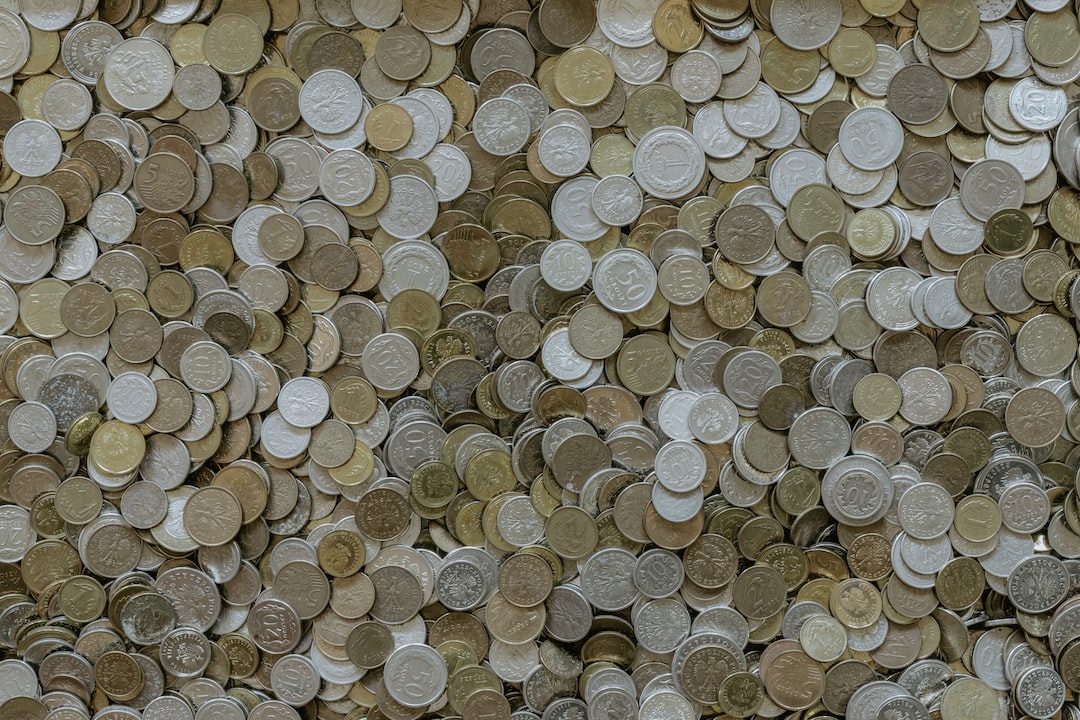Forex trading is a high-risk, high-reward activity that involves buying and selling currencies with the aim of making a profit. One of the most important tools in a forex trader’s arsenal is leverage, which can magnify profits but also increase losses. In this article, we will explore the different types of leverage available to forex traders and discuss which one is the best for this type of trading.
Leverage is essentially the use of borrowed money to increase the size of a trade. In forex trading, leverage is typically expressed as a ratio, such as 100:1 or 500:1. This means that for every dollar that a trader puts up as collateral, they can control 100 or 500 dollars’ worth of currency, respectively.
The most common type of leverage in forex trading is 100:1 or 200:1. This means that if a trader has $1,000 in their account, they can control up to $100,000 or $200,000 worth of currency, respectively. This may sound like a great way to make a lot of money quickly, but it also means that losses can be magnified as well.
For example, if a trader has $1,000 in their account and uses 100:1 leverage, they could potentially lose their entire account if the trade goes against them by just 1%. This is why it’s important to manage risk carefully and use appropriate stop-loss orders to limit potential losses.
Another type of leverage available to forex traders is variable leverage, which allows traders to adjust the amount of leverage they use based on their trading strategy and risk tolerance. For example, a trader might use 50:1 leverage for a low-risk trade and 200:1 leverage for a high-risk trade.
Variable leverage can be a good option for experienced traders who understand the risks involved in forex trading and have a solid trading plan in place. However, it can be risky for inexperienced traders who may not fully understand the potential consequences of using high leverage.
The best leverage for forex trading ultimately depends on the individual trader’s risk tolerance, trading strategy, and experience level. In general, it’s recommended that traders use conservative leverage ratios of 50:1 or 100:1 to limit potential losses and preserve their trading capital.
Traders should also carefully consider their risk management strategies, including the use of stop-loss orders and position sizing, to minimize potential losses and protect their trading capital.
In conclusion, leverage can be a powerful tool for forex traders, but it’s important to use it wisely and manage risk carefully. The best leverage for forex trading depends on the individual trader’s risk tolerance and trading strategy, but conservative leverage ratios of 50:1 or 100:1 are generally recommended for most traders. By using appropriate risk management strategies, traders can minimize potential losses and increase their chances of success in the forex market.






